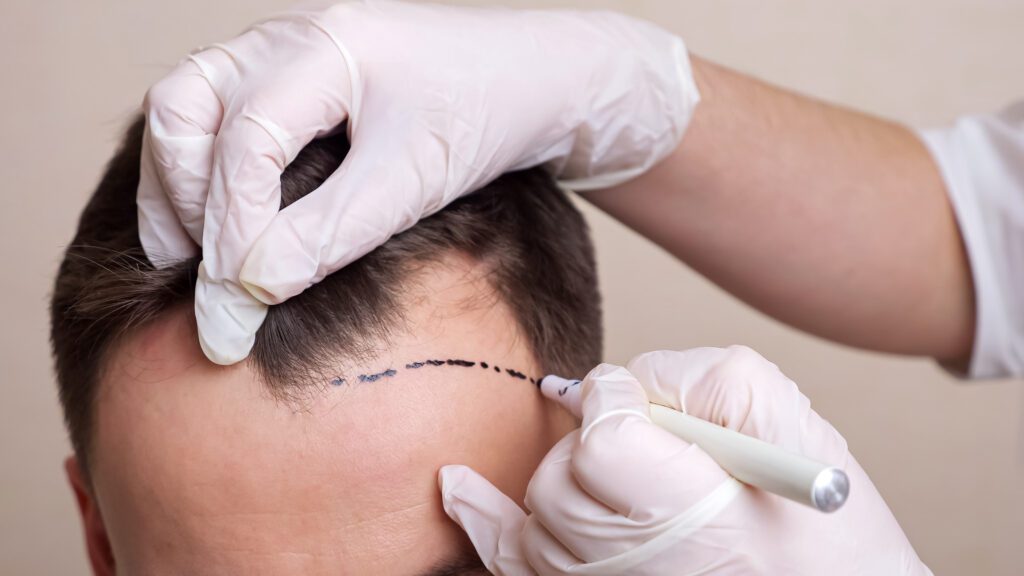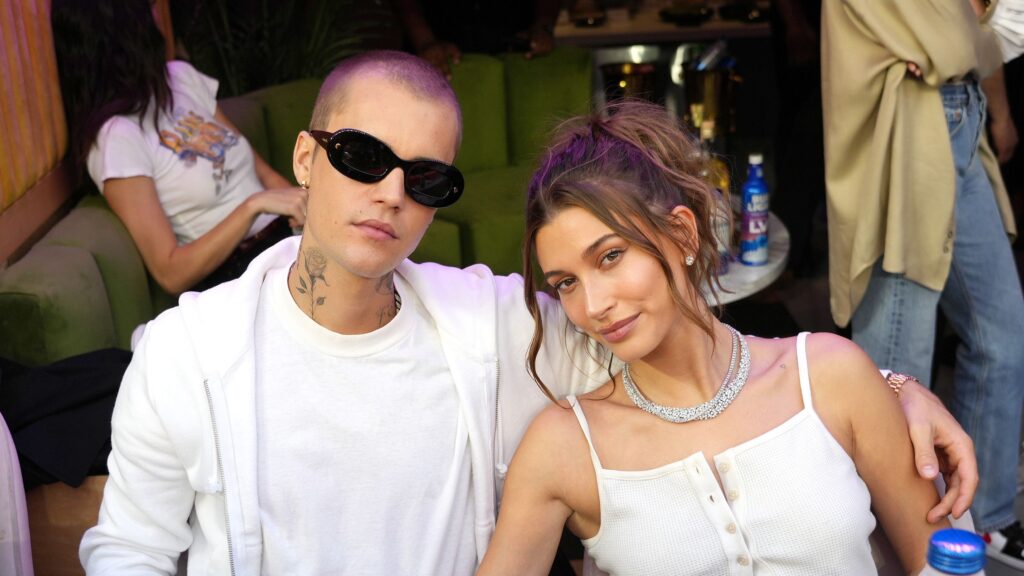Introduction:
Amid a landscape where celebrity appearance plays a crucial role in media narratives, Justin Bieber’s journey with hair health has sparked widespread speculation and dialogue. For over 15 years, the pop icon has shifted from flaunting his famous locks to often wearing hats or hoods, igniting rumors about his receding hairline and potential hair transplant procedures. This article will explore Justin Bieber’s hair loss over the years, delve into the technical details of hair restoration, and discuss the societal implications of such personal health choices among celebrities.
Table of Contents:
- Justin Bieber’s Hair Loss Journey
- Has Justin Bieber had a Hair Transplant?
- Does Justin Bieber use Finasteride?
- How many Hair Grafts did Justin Bieber get?
- How to Tackle Your Hair Loss
- More Celebrity Hair Transplants
1. Justin Bieber’s Hair Loss Journey
From Full Locks to Speculated Recession:
Justin Bieber’s hair: 2012-2014: At 18, Bieber displayed a full, albeit slightly uneven hairline, common and not indicative of hair loss at that age.
Early signs of hairline recession: 2018: By 24, slight temple hair loss became apparent, cleverly styled to conceal thinning areas.
Justin Bieber’s hair loss: 2021: More noticeable balding appeared, and his choice of dreadlocks may have exacerbated this due to traction alopecia.
2. Understanding Hair Transplant Procedures
Exploring Surgical Options:
Hair transplant surgery has significantly advanced with techniques like Follicular Unit Transplantation (FUT), Follicular Unit Extraction (FUE), and Direct Hair Implantation (DHI) leading the way:
FUT: Involves removing a strip of scalp and transplanting individual follicles.
FUE: Extracts and implants hair follicles directly, preferred for less scarring.
DHI: Offers precise control over follicle placement for a more natural look.

Innovations in Hair Restoration:
The industry continues to evolve with improved surgical techniques and potential breakthroughs in gene therapy and stem cell research, promising better outcomes and minimally invasive options.
3. Has Justin Bieber had a Hair Transplant?
Analyzing Recent Appearances:
Justin’s consistent use of hats and hoodies in public has fueled transplant rumors, especially as recent photos from 2023 show a fuller, more even hairline, suggesting possible surgical intervention around late 2021 or early 2022.

4. Does Justin Bieber use Finasteride?
Speculations on Non-surgical Treatments:
While it’s unclear if he uses Finasteride, Justin has publicly recommended it to others, indicating awareness of hair loss treatments. Alternatives like Minoxidil and Dutasteride might also be part of his regimen to maintain hair density.
5. How many Hair Grafts did Justin Bieber get?
Estimating the Extent of Treatment:
If a transplant occurred, it’s estimated that Justin could have received between 1,000 to 2,000 grafts, targeting the most affected areas. The choice of FUE over FUT could be due to the less invasive nature and minimal scarring, aligning with a high-profile individual’s needs.
6. How to Tackle Your Hair Loss
Advice for Personal Hair Care:
Consultation: Start with a professional assessment to understand the type and extent of hair loss.
Choosing a Treatment: Depending on the diagnosis, select between surgical options or pharmaceutical treatments.
Ongoing Care: Regular follow-ups and treatment adjustments are crucial for lasting results.
7. More Celebrity Hair Transplants
Broadening the Discussion:
Justin Bieber is not alone; many celebrities have opted for hair restoration, influencing public perception and reducing the stigma around such procedures.
Conclusion:
Justin Bieber’s hair loss and the speculation surrounding his potential hair transplant highlight the intersection of celebrity culture and personal health care. By examining his journey and the broader implications of hair restoration, this article provides insights into the evolving norms around cosmetic surgery and its acceptance in society. As we continue to observe these trends, it’s clear that public figures like Bieber play a significant role in shaping public attitudes towards health and beauty standards.


